The MSI MEG Z690 Unify (DDR5) Motherboard Review: The All-Black Option
by Gavin Bonshor on January 18, 2022 10:00 AM ESTGaming Performance
For Z690 we are running using Windows 10 64-bit with the 20H2 update.
Civilization 6
Originally penned by Sid Meier and his team, the Civilization series of turn-based strategy games are a cult classic, and many an excuse for an all-nighter trying to get Gandhi to declare war on you due to an integer underflow. Truth be told I never actually played the first version, but I have played every edition from the second to the sixth, including the fourth as voiced by the late Leonard Nimoy, and it is a game that is easy to pick up, but hard to master.
Benchmarking Civilization has always been somewhat of an oxymoron – for a turn based strategy game, the frame rate is not necessarily the important thing here and even in the right mood, something as low as 5 frames per second can be enough. With Civilization 6 however, Firaxis went hardcore on visual fidelity, trying to pull you into the game. As a result, Civilization can taxing on graphics and CPUs as we crank up the details, especially in DirectX 12.
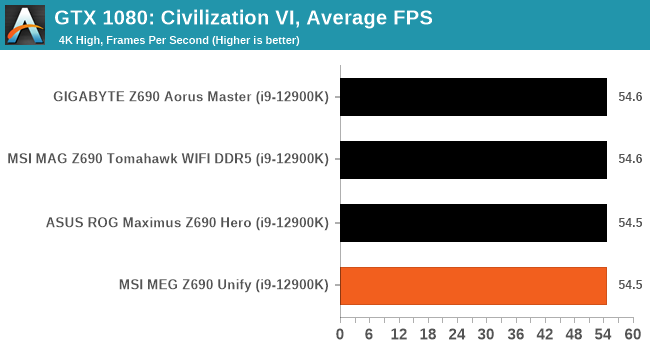
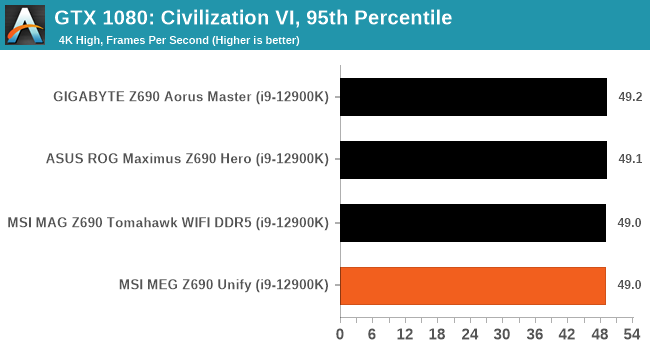
Shadow of the Tomb Raider (DX12)
The latest installment of the Tomb Raider franchise does less rising and lurks more in the shadows with Shadow of the Tomb Raider. As expected this action-adventure follows Lara Croft which is the main protagonist of the franchise as she muscles through the Mesoamerican and South American regions looking to stop a Mayan apocalyptic she herself unleashed. Shadow of the Tomb Raider is the direct sequel to the previous Rise of the Tomb Raider and was developed by Eidos Montreal and Crystal Dynamics and was published by Square Enix which hit shelves across multiple platforms in September 2018. This title effectively closes the Lara Croft Origins story and has received critical acclaims upon its release.
The integrated Shadow of the Tomb Raider benchmark is similar to that of the previous game Rise of the Tomb Raider, which we have used in our previous benchmarking suite. The newer Shadow of the Tomb Raider uses DirectX 11 and 12, with this particular title being touted as having one of the best implementations of DirectX 12 of any game released so far.

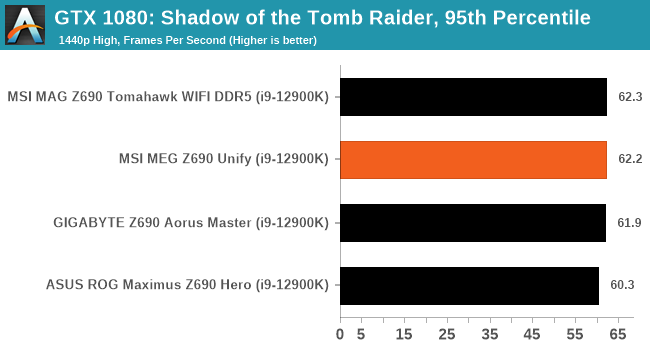
Strange Brigade (DX12)
Strange Brigade is based in 1903’s Egypt and follows a story which is very similar to that of the Mummy film franchise. This particular third-person shooter is developed by Rebellion Developments which is more widely known for games such as the Sniper Elite and Alien vs Predator series. The game follows the hunt for Seteki the Witch Queen who has arisen once again and the only ‘troop’ who can ultimately stop her. Gameplay is cooperative-centric with a wide variety of different levels and many puzzles which need solving by the British colonial Secret Service agents sent to put an end to her reign of barbaric and brutality.
The game supports both the DirectX 12 and Vulkan APIs and houses its own built-in benchmark which offers various options up for customization including textures, anti-aliasing, reflections, draw distance and even allows users to enable or disable motion blur, ambient occlusion and tessellation among others. AMD has boasted previously that Strange Brigade is part of its Vulkan API implementation offering scalability for AMD multi-graphics card configurations. For our testing, we use the DirectX 12 benchmark.

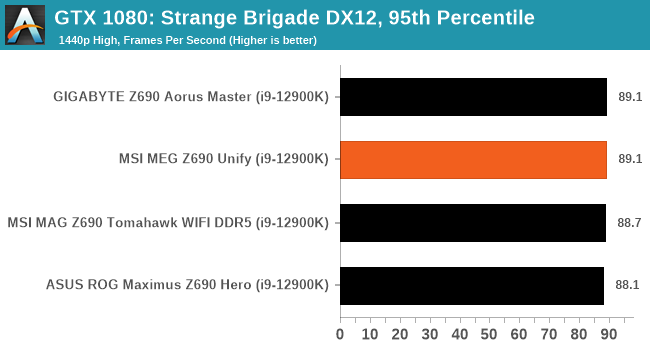


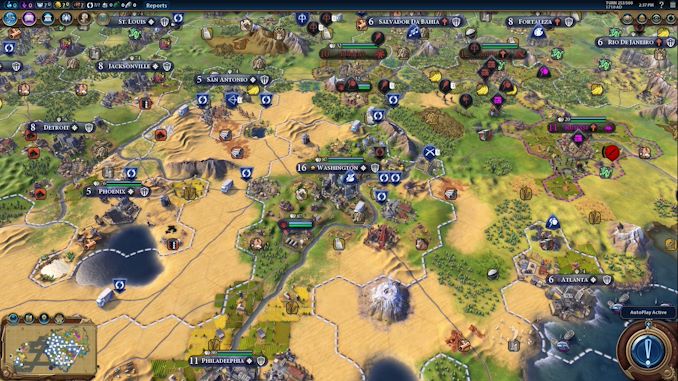
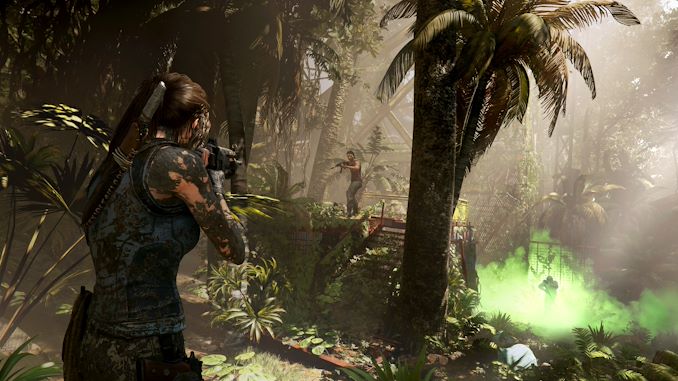









20 Comments
View All Comments
mrvco - Tuesday, January 18, 2022 - link
I embrace our post Peak RGB world.meacupla - Tuesday, January 18, 2022 - link
MSI VRMs running a bit warmer than the competition seems to be pretty normal.I just wish they would use heatsinks with more surface area.
erinadreno - Wednesday, January 19, 2022 - link
agree. People have figured out they should use finned aluminum/copper as heatsinks on CPU. Why couldn't they apply this knowledge on to the VRMolde94 - Wednesday, January 19, 2022 - link
yeah it's almost as if larger surface area helps!Oxford Guy - Friday, January 21, 2022 - link
Tons of boards in the past had VRM sinks with lots of pure metal fins. Some even had copper heatpipes to connect to multiple heavy-duty highly-finned sinks.HollyDOL - Wednesday, January 19, 2022 - link
no RGB? Sold!JamesWoods - Monday, January 24, 2022 - link
You know you can just turn most RGBs off...right?Mikehawkest - Sunday, March 27, 2022 - link
Stfu and go watch Barney.PeachNCream - Friday, January 21, 2022 - link
No RGB is good, but its still far more sensible to buy a budget computing equipment which is already RGB-free and use modest hardware for much lower cost and then you can squirrel away the difference in cost to upgrade more frequently and leap ahead in performance without bothering with overclocking, high wattage PSUs, or loads of waste heat. Or just set your expectations a bit lower and find a way to kill time on lesser, more efficient hardware. For instance, I still do most of my gaming on a Celeron n3060 in a purple HP Stream 11 running Linux and kill off just as many hours being just as amused as someone that spent vastly more money and feeds orders of magnitude more power to their PC. - And I don't have RGB lighting AND I can easily take my computer somewhere else with me rather than being stuck in a fixed location with a stationary, wired-to-the-wall desktop.Badelhas - Saturday, January 22, 2022 - link
What kind of games do you play?